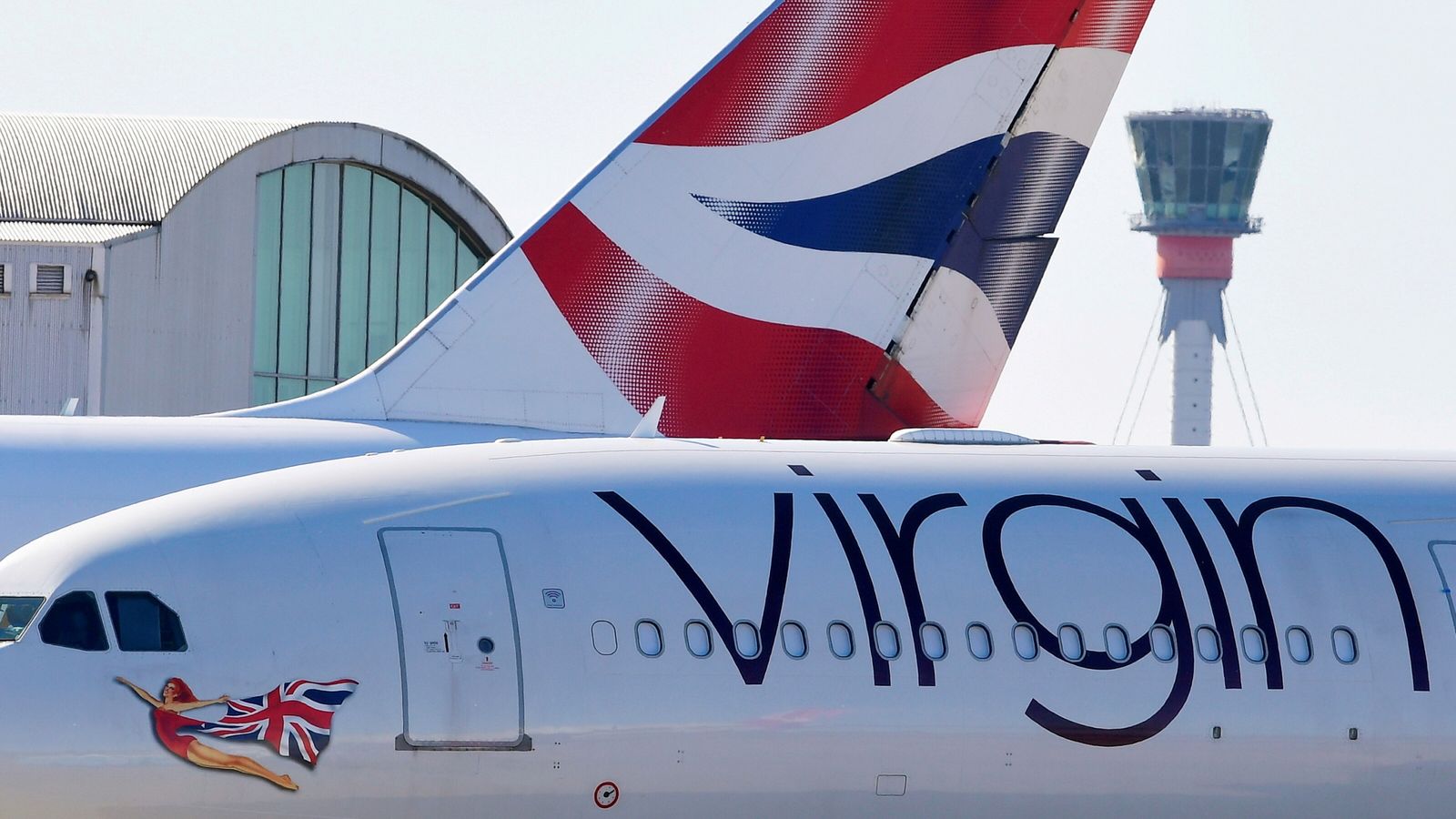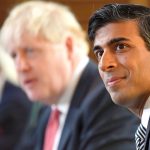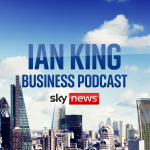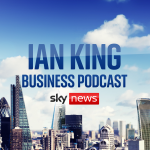As the US border reopened to UK nationals after more than 600 days, the only people at Heathrow with wider smiles than the passengers were the airline executives.
At Heathrow, Virgin Atlantic and British Airways suspended decades of competition to mark the moment with simultaneous departures of their first New York flights, a sign of the importance of the moment to an entire industry.
The closure of the transatlantic corridor between Europe and the US since March 2020 has been the hardest of all blows to aviation, and its return signalled a turning point in the industry’s recovery.
“Today is a very special milestone,” said Sean Doyle, chief executive of British Airways, whose parent company is forecasting a €3bn loss this year.
“It is very important for business, but what you hear today is also very emotional stories of people reuniting with loved ones they haven’t seen for quite a long time. But it’s a very important milestone in the recovery of aviation.”
Shai Weiss, his counterpart at Virgin Atlantic which runs 60% of its routes to the US, was similarly relieved.
“Today we got to see some amazing stories, the grandparents flying to see grandchildren they’ve not met yet, people going for birthdays and family reunions, and businesses being able to reconnect,” he said. “This is the tipping point for Virgin Atlantic and aviation in the UK at large.”
JD Sports says car park meeting not suspicious after footage published
SoftBank boss confident big bets can pay off again despite several ‘golden eggs’ dying
Tesla shares fall after Elon Musk’s plan to offload 10% of his stock is backed by Twitter users
There was no doubting the demand among passengers heading for family reunions and long-delayed Orlando holidays and honeymoons. BA and Virgin say all flights in the coming days are full and they expect sustained demand for leisure travel.
Less certain are the prospects for business travel and the sale of premium seats that the industry estimates account for 30% of revenue.
The pandemic has taught many sectors that they can work remotely, with technology providing an enforced alternative to crossing continents for face-to-face meetings.
Premium seats also come with the highest carbon price tag too. The more space you take on the plane the higher your share of emissions. So with COP26 discussing the climate impact of transport this week, many big employers are vowing to cut travel in the post-COVID era.
“We will definitely be flying less in the new world,” Ian Stuart, chief executive of HSBC UK told Sky News. “It’s not just for our carbon footprint. I think over the last two years with technology we’ve got used to using it. It’s convenient, it’s less tiring for executives, so genuinely I think travel will be considerably less going forward.”
HSBC is not alone. London ‘magic circle’ law firm Freshfields Bruckhaus Deringer says it will introduce new guidelines for travel for its partners with a clear focus on its carbon footprint.
“We are revising our approach to travel, particularly because of the pandemic and the environmental concerns,” says Oliver Dudok van Heel, head of client sustainability and environment.
“To reduce our carbon footprint from flights we will have much less strategic bias towards air travel. To meet our clients needs we used to say, we’ll drop everything, book the next flight and see you face-to-face in two days time. Now we do it in half-an-hour remotely and we know that it works.”
As the corporate world rethinks its approach to business travel the airlines expect leisure passengers to fill the comfortable seats, paying more for holidays they have long been denied.
In time though they think business travellers will return, though it may take two years for the lounges to be full again.
“In our expectations there will be some changes to behaviours, the day trips to Brussels and New York may not happen for the business person, but by 2023 we expect that to come back to full force and effect,” said Mr Weiss.
“We’re seeing that there’s really no substitute for face-to-face getting together people and businesses to seal a deal, make an impact, to solve and resolve conflicts.”
The wider challenge of sustainability will take much, much longer to deliver. Aviation accounts for 2% of global emissions and 12% of transport as a whole, but there are no easy ways around the physics of powered flight.
Sean Doyle says sustainable aviation fuel, which filled a third of the tanks on BA’s first New York flight, and aircraft efficiency are first steps, but reaching net zero may need every day until the industry’s 2050 deadline.
“We understand the challenge aviation faces,” he said. “People love to travel, but they’re concerned about the carbon footprint. We are taking steps to address that. The medium-term steps are things like carbon offsetting and investing in sustainable aviation fuel. Beyond that it’s new technologies like hydrogen powered aircraft, but aviation will get to net zero.”
Many believe that can only happen if consumers decide to fly less. On a chilly November morning at Heathrow, among people denied the choice for almost two years, there was little sign of that.






















